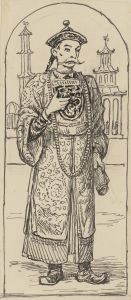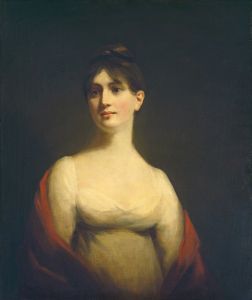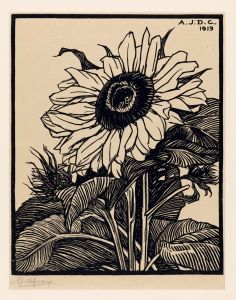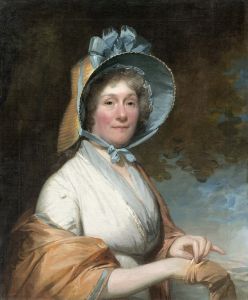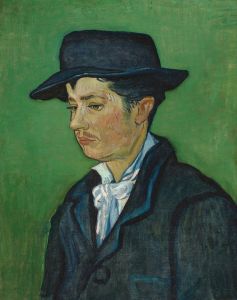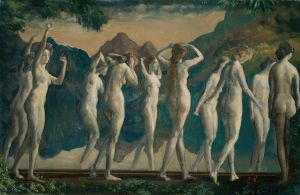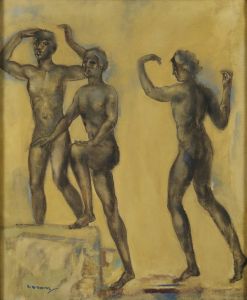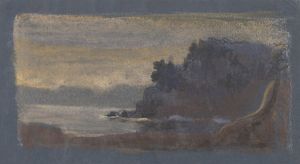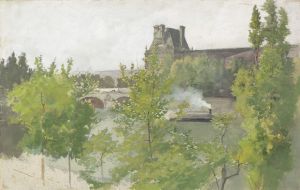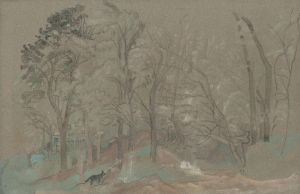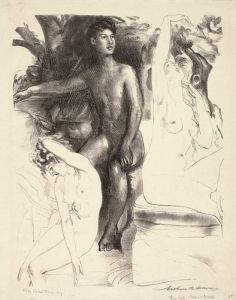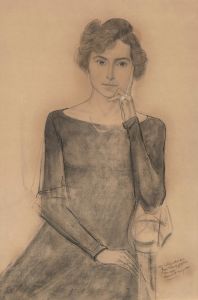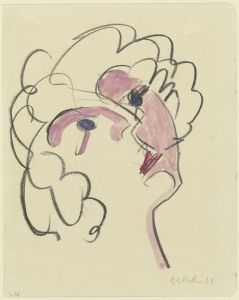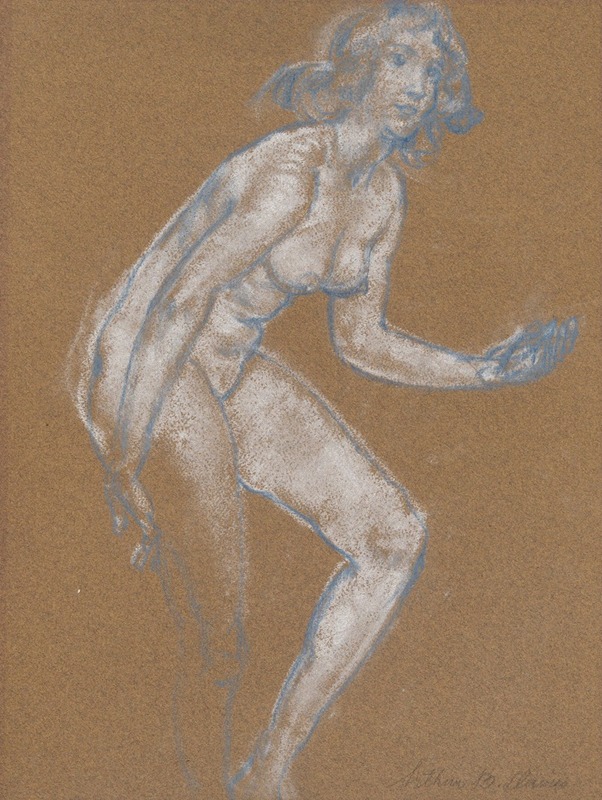
Nude
A hand-painted replica of Arthur Bowen Davies’s masterpiece Nude, meticulously crafted by professional artists to capture the true essence of the original. Each piece is created with museum-quality canvas and rare mineral pigments, carefully painted by experienced artists with delicate brushstrokes and rich, layered colors to perfectly recreate the texture of the original artwork. Unlike machine-printed reproductions, this hand-painted version brings the painting to life, infused with the artist’s emotions and skill in every stroke. Whether for personal collection or home decoration, it instantly elevates the artistic atmosphere of any space.
Arthur Bowen Davies was an American artist known for his role in the early 20th-century art scene, particularly as a member of "The Eight," a group of artists who challenged the conservative art establishment of their time. Among his works, "Nude" is a notable painting that reflects his interest in the human form and his unique approach to composition and style.
Davies was born in Utica, New York, in 1862 and developed an early interest in art. He studied at the Art Institute of Chicago and the Art Students League of New York, where he honed his skills and began to develop his distinctive style. His work often combined elements of realism and symbolism, and he was influenced by both classical art and modern movements.
"Nude" by Arthur Bowen Davies exemplifies his fascination with the human figure and his ability to convey a sense of grace and fluidity. The painting features a female nude, a subject that Davies frequently explored throughout his career. His approach to the nude was often idealized, focusing on the beauty and harmony of the human body rather than on realistic or detailed anatomical representation.
Davies' nudes are characterized by their ethereal quality, often depicted in dreamlike settings that suggest a sense of timelessness and otherworldliness. This approach aligns with his broader artistic vision, which sought to transcend the mundane and capture a more spiritual or mystical essence. His use of soft, muted colors and flowing lines contributes to the serene and contemplative mood of his works.
In addition to his painting, Arthur Bowen Davies played a significant role in the American art world as an organizer and advocate for modern art. He was instrumental in the organization of the 1913 Armory Show, a groundbreaking exhibition that introduced American audiences to European avant-garde artists such as Pablo Picasso and Marcel Duchamp. This exhibition was pivotal in shaping the direction of modern art in the United States and helped to establish Davies as a key figure in the art community.
While "Nude" is just one example of Davies' work, it encapsulates many of the themes and techniques that define his artistic legacy. His ability to blend classical and modern elements, along with his commitment to exploring the spiritual dimensions of art, make his contributions to American art both significant and enduring.
Arthur Bowen Davies continued to create and exhibit his work until his death in 1928. His paintings, including "Nude," remain part of important collections and continue to be studied and appreciated for their unique blend of beauty, mystery, and innovation. Through his art and his efforts to promote modernism, Davies left a lasting impact on the development of American art in the early 20th century.





